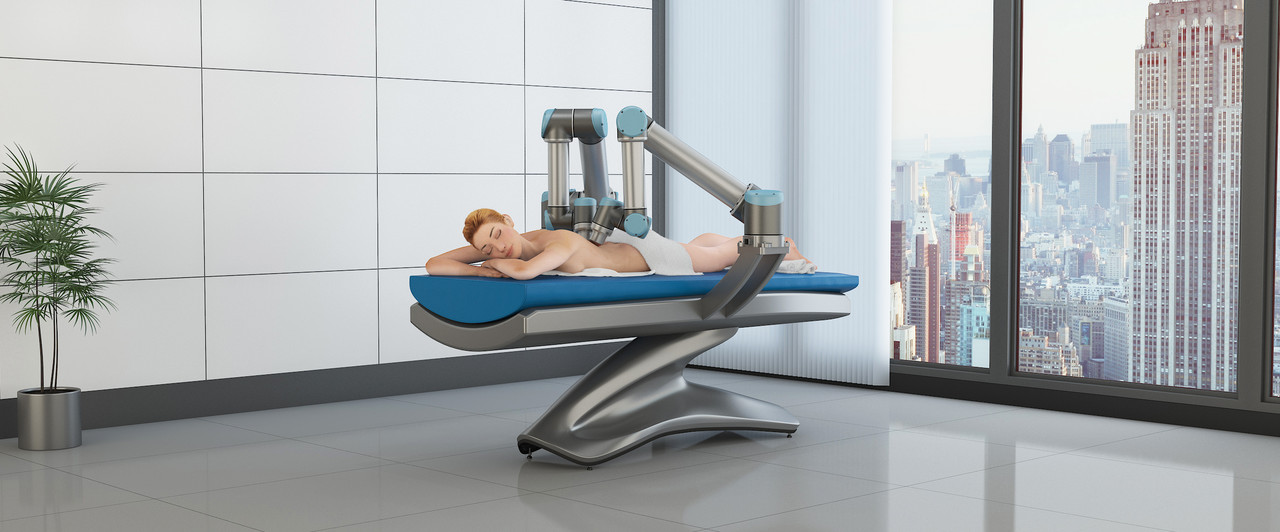In recent years, the intersection of technology and wellness has rapidly evolved, shifting from wearables and apps to holistic, data-driven, personalized systems. The traditional model—going to the gym, following generic diets, or basic check-ups—is giving way to integrated, continuous, tech-enhanced wellness. Below are key trends and implications of this transformation.
1. Personalized Health Tracking & Wearables
Wearable devices—smartwatches, rings, fitness bands—are no longer just tools to count steps. They continuously monitor heart rate variability, sleep quality, blood oxygen levels, and even stress indicators. These data streams provide insights that allow individuals to adjust behavior in real time: more rest, better hydration, or mindfulness breaks when stress is high.
The quantified self movement has matured: rather than simply tracking metrics, platforms now help interpret them. Algorithms analyze trends over weeks or months, flagging potentially harmful patterns (e.g. rising resting heart rate, disturbed sleep), and nudging users toward preventive measures.
2. Smart Homes & Environmental Monitoring
Wellness is no longer confined to what happens inside our bodies—it’s also deeply connected to our environment. Smart home sensors, air quality monitors, light and sound control systems, and ambient tech are being integrated to create spaces optimized for health. For example, homes that adjust lighting to mimic natural daylight cycles, or purify air to reduce allergens, are helping reduce stress and improve sleep.
One recent innovation is devices that turn the home itself into a health coach—monitoring environmental factors (humidity, particulate matter, noise) and suggesting changes that enhance well-being. Such systems recognize that wellness isn’t just personal habits, but also context.
3. Telehealth, Remote Care & Connected Health
The global pandemic accelerated adoption of telehealth, but the trend was already underway. Remote patient monitoring, virtual consultations, and connected devices allow for continuous care without needing in-person clinic visits. Chronic disease management—diabetes, hypertension, mental health—benefits enormously when technology enables frequent check-ins, automatic reminders, and data sharing with care providers.
“Connected health” is a broader model where patients, caregivers, and providers are linked via technology to share data, manage lifestyle, and deliver preventative care. Wikipedia+2PMC+2
4. Artificial Intelligence & Predictive Wellness
AI and machine learning are fundamentally reshaping wellness by taking massive data inputs—from wearables, medical tests, lifestyle logs—and turning them into predictive insights. These systems can forecast risk of disease, suggest personalized nutrition or workout plans, and predict periods of burnout or illness before symptoms even appear.
For example, AI-driven platforms are being used to detect early signs of disease (sometimes years ahead) by analyzing patterns across large datasets. World Economic Forum+1

5. Mental Well-being, Mindfulness & Digital Tools
Beyond physical health, tech is playing an increasing role in mental wellness. Apps for meditation, sleep improvement, stress management are proliferating. Neurofeedback, virtual reality (VR) guided therapy, and biofeedback are offering new ways to learn relaxation, control attention, and manage anxiety.
As digital life grows, the tools to unplug, refocus, and manage screen time are becoming essential to wellness. The design of apps is shifting not just toward more features, but toward better “digital health hygiene”—helping users avoid burnout from constant connectivity.
6. Recovery Tech & Holistic Wellness Practices
Wellness is increasingly seen not as just activity plus diet, but as including recovery: rest, regeneration, and rehabilitation. Technologies like red light therapy, cryotherapy, compression boots, and even wearable sensors for tracking muscle recovery are becoming common in both elite athletic settings and consumer wellness settings. The FIT Partnership+1
Similarly, personalized nutrition, guided by genetic testing, metabolic monitoring, or gut-microbiome analysis, is helping individuals tailor what and when they eat, not just generic “one size fits all” diets.
7. Challenges & Ethical Considerations
With all these advances come significant challenges. Privacy and data security are major issues: health data is highly sensitive, and there is risk around misuse, breaches, or unauthorized sharing.
Another challenge is equity and access: many of these technologies are expensive or require stable internet and tech infrastructure. That could widen gaps between those who can access top wellness tech and those who cannot.
Also, there can be an over-reliance on technology, potentially undermining basic, low-tech but effective wellness practices: sleep, hydration, social connection, time outdoors.
8. Implications for the Future
Putting all this together, what might wellness look like in 5-10 years?
-
Hyper-personalization will deepen: health profiles built from genetics, continuous sensors, lifestyle logs will generate tailored wellness plans that adapt over time.
-
Ambient wellness: tech that supports health without needing constant input—smart environments, passive monitoring.
-
Preventive medicine is central: rather than waiting for illness, systems will catch risks early, enabling interventions.
-
Mental health will be better integrated: digital tools for emotional well-being, community, reflection, will become commonplace.
-
Regulation and ethics will need to catch up: frameworks for data privacy, fairness, and safety will be increasingly essential.
9. Role of Platforms & Resources
Many people are turning to wellness platforms that curate tools, guides, coaching, and community. One such example is PepDose.com, which offers resources, articles, and tools to help individuals make informed choices about health, nutrition, mental well-being, and overall lifestyle optimization. As people seek trusted guidance amidst overwhelming wellness tech options, platforms like this serve as valuable anchors.
For additional expert perspectives, research reports and articles like “Boosting Wellness with Cutting-Edge Technologies: A Look into the Health and Wellness Industry” (Shen AI) and “7 ways AI is transforming healthcare” by the World Economic Forum provide deeper dives into how innovations are shaping the field globally. shen.ai+1
Conclusion
Technology is reshaping how we understand, measure, and pursue wellness. From wearables that monitor our bodies to AI that predicts risks, to smart environments that support healthier living, the transformation is broad and accelerating. Yet for all its promise, technology must be balanced with ethics, equity, simple human practices, and mindful use.
As the wellness landscape continues to evolve, individuals and societies that align technology with compassion, inclusivity, and evidence will likely see the greatest benefit. Platforms such as PepDose.com help by offering guidance in this evolving field, helping people navigate what to adopt, what to question, and how to build a sustainable, modern wellness journey.












